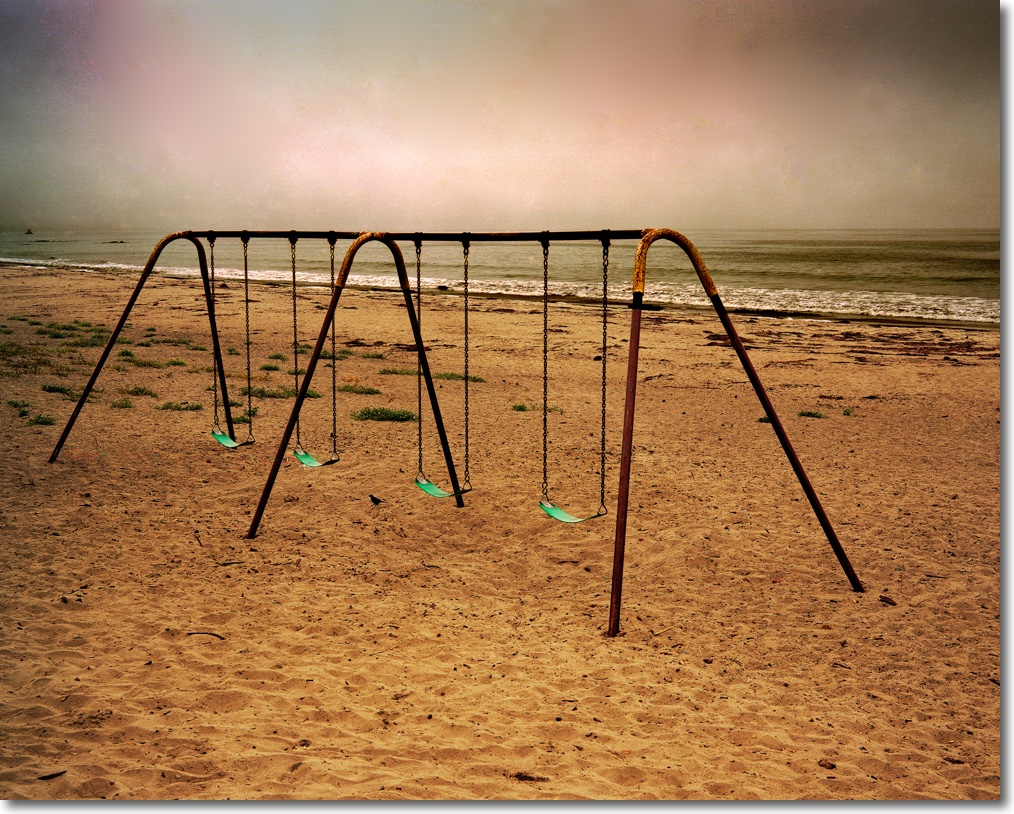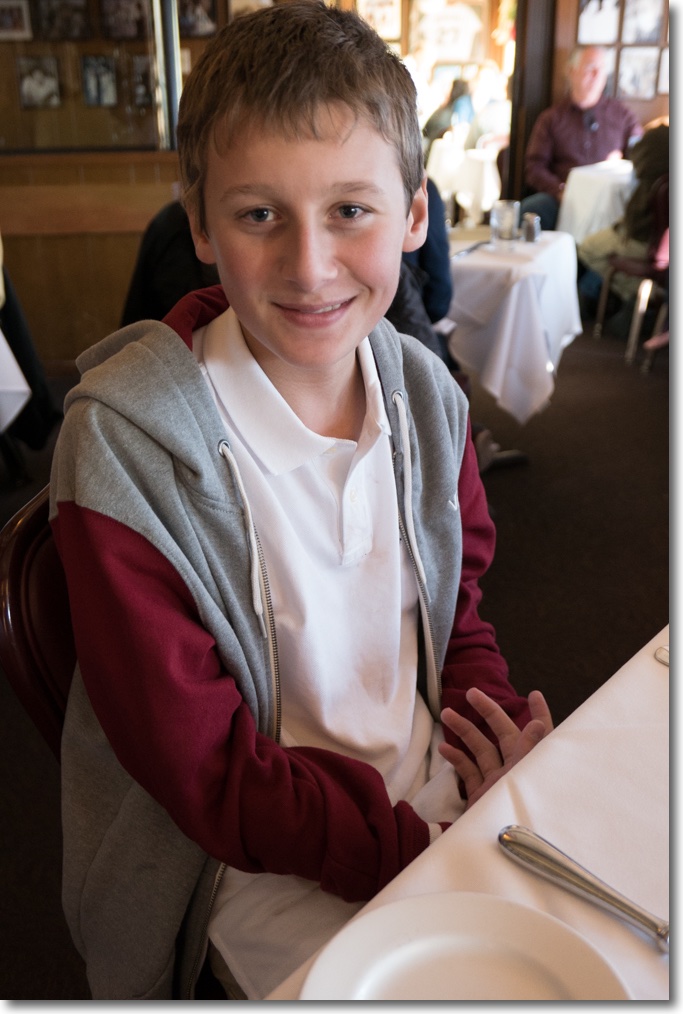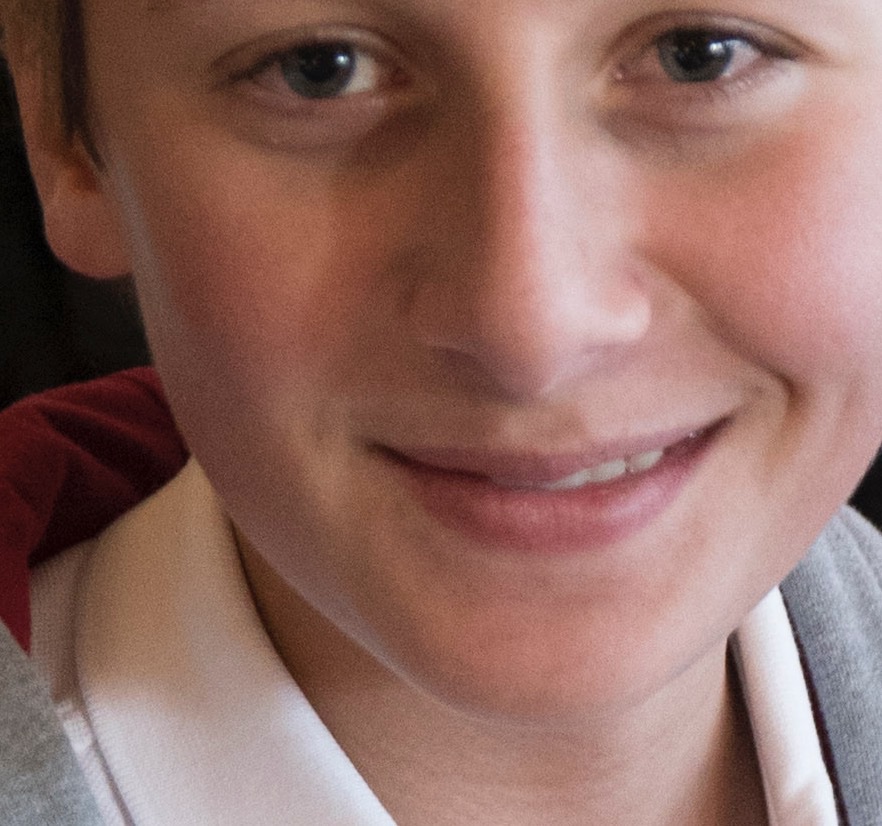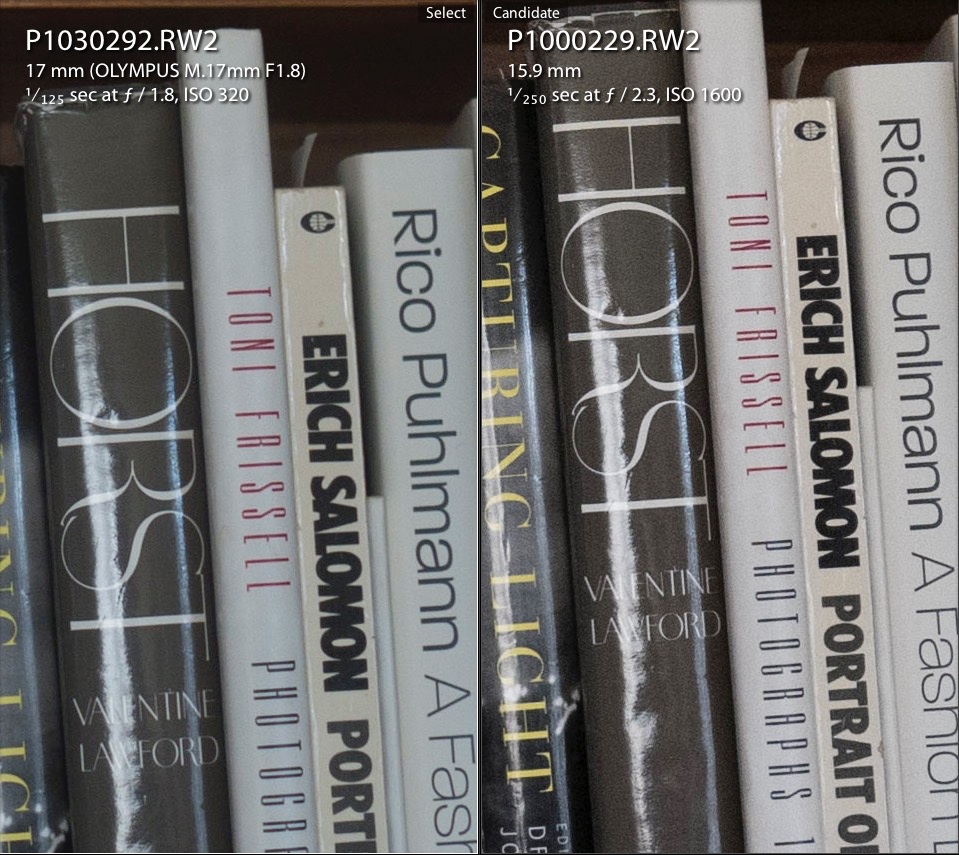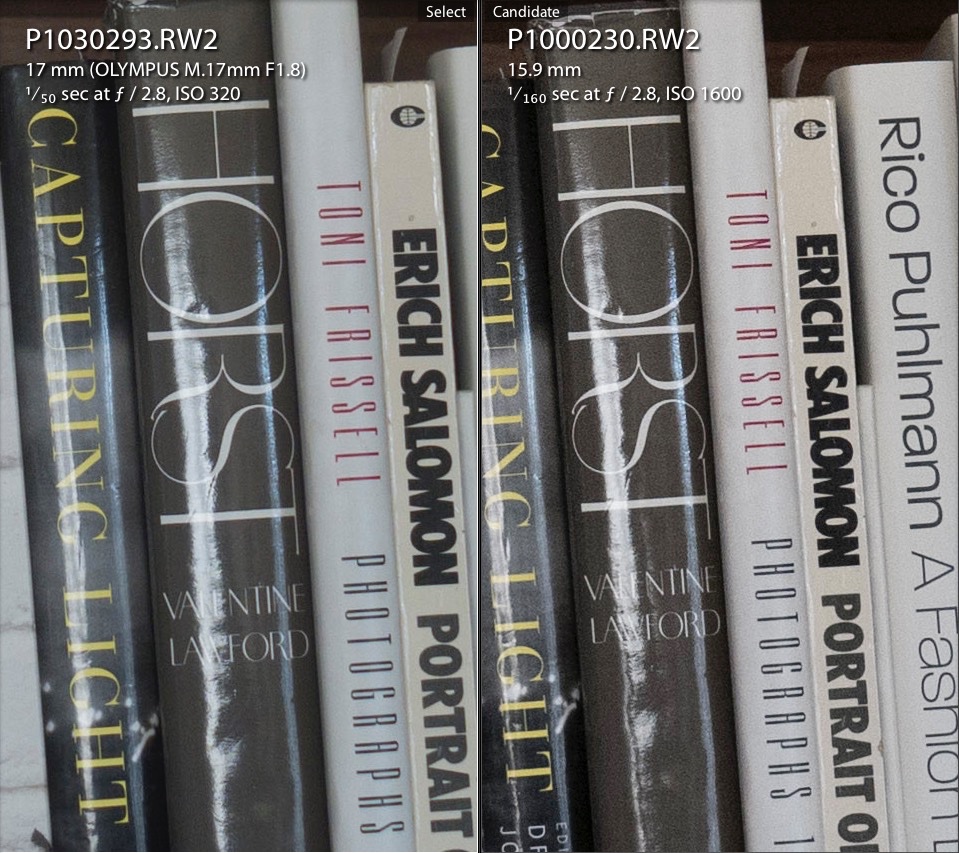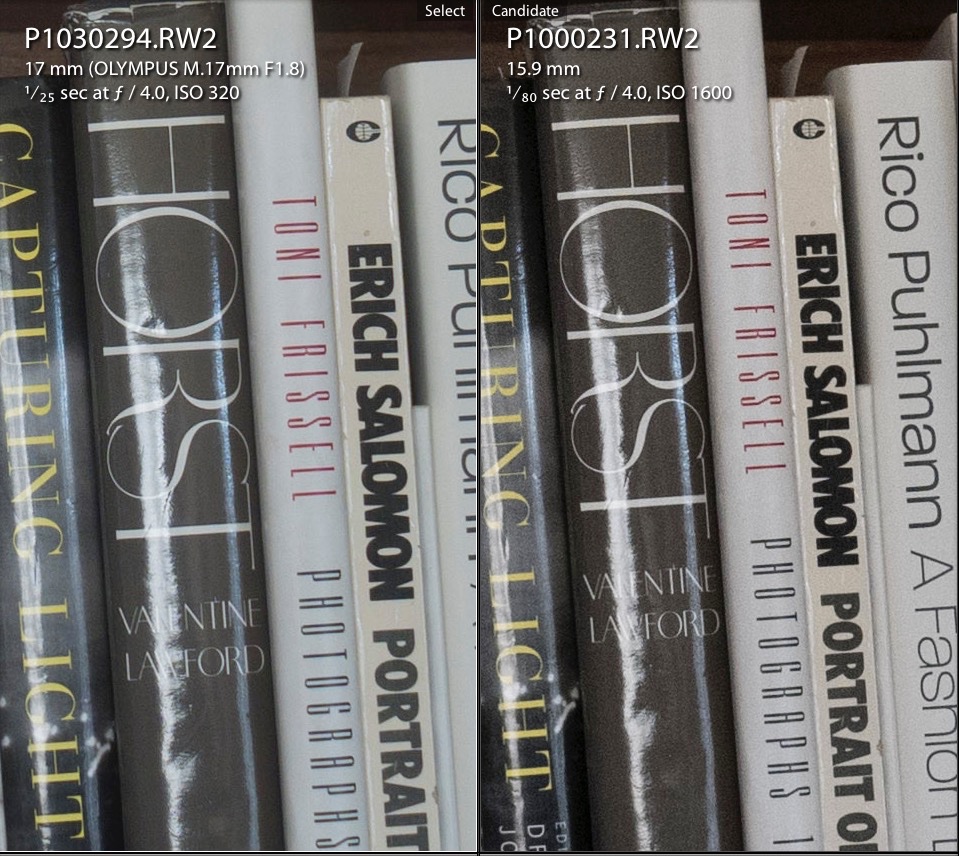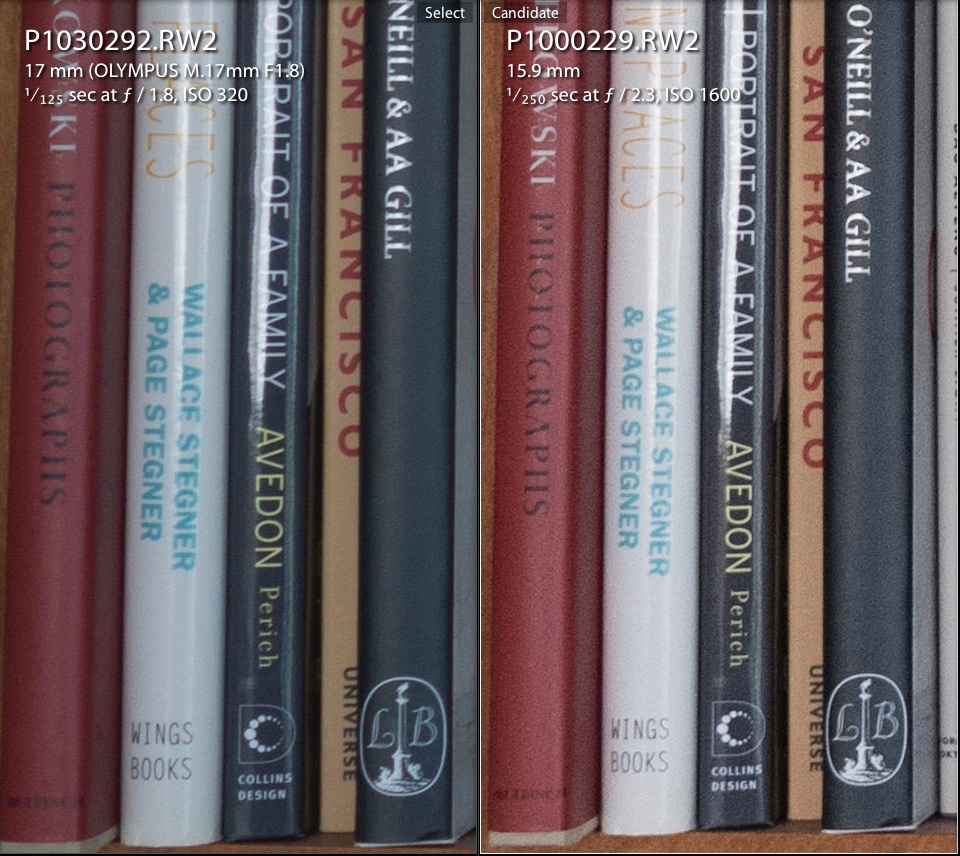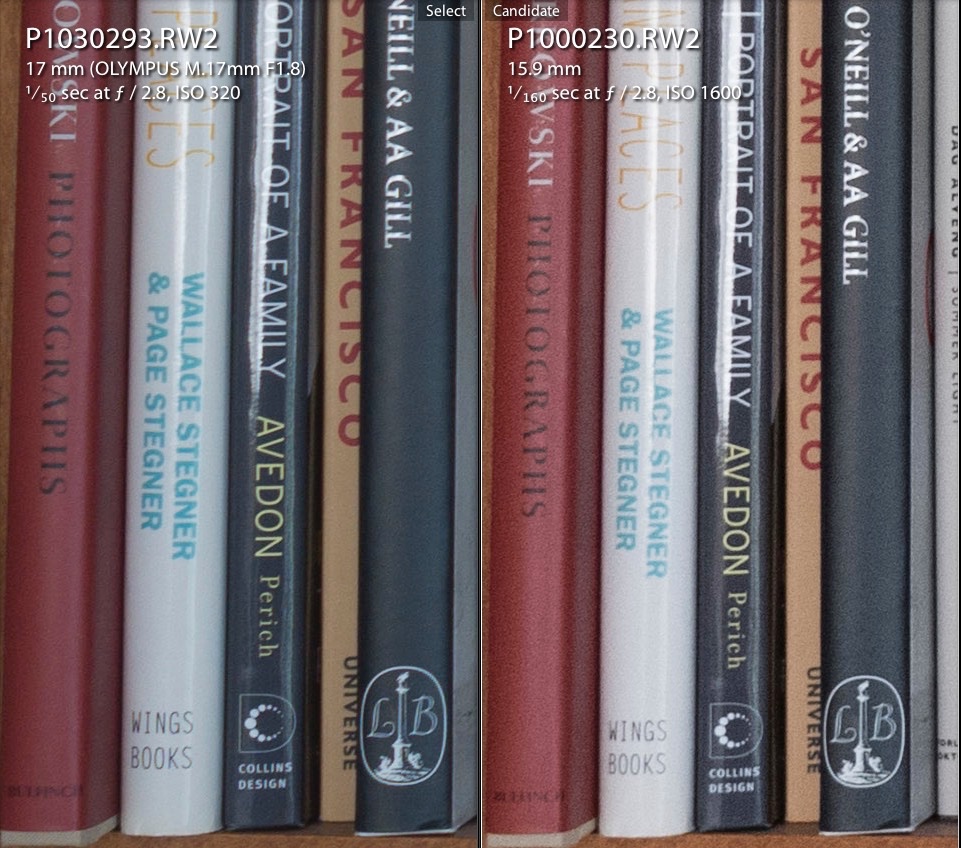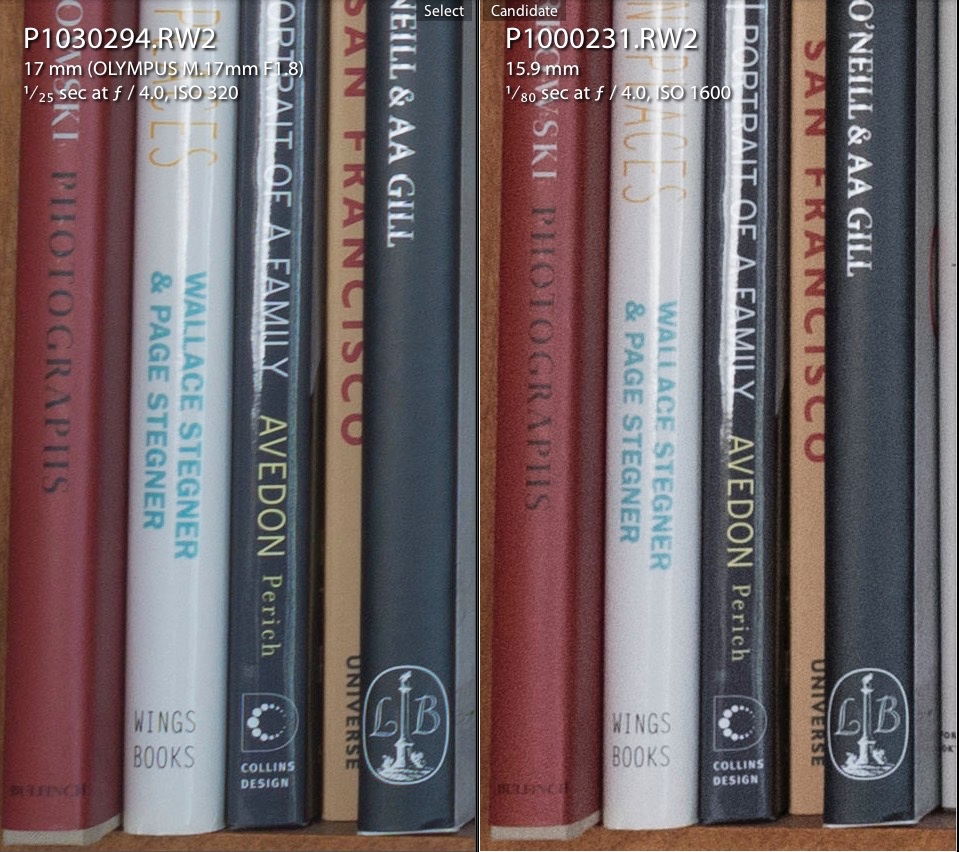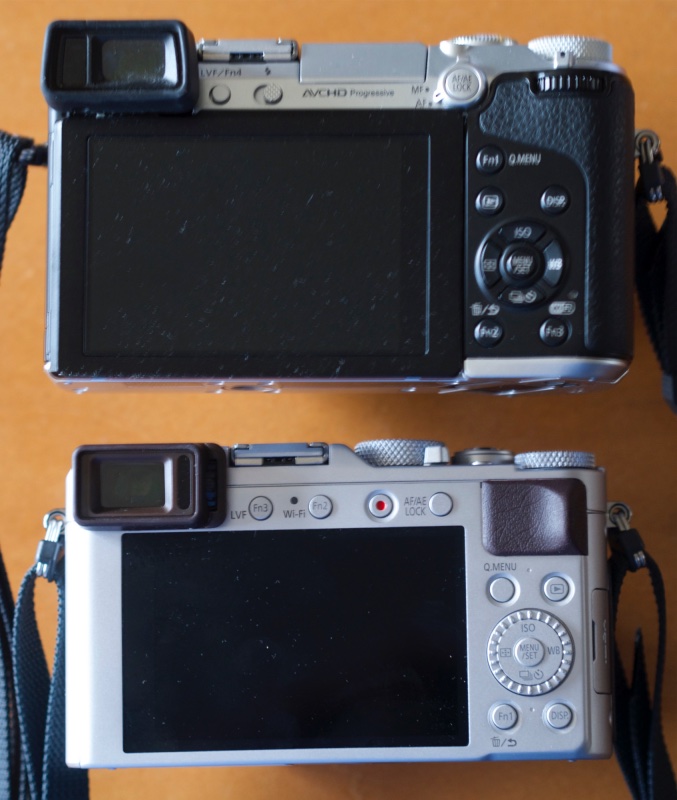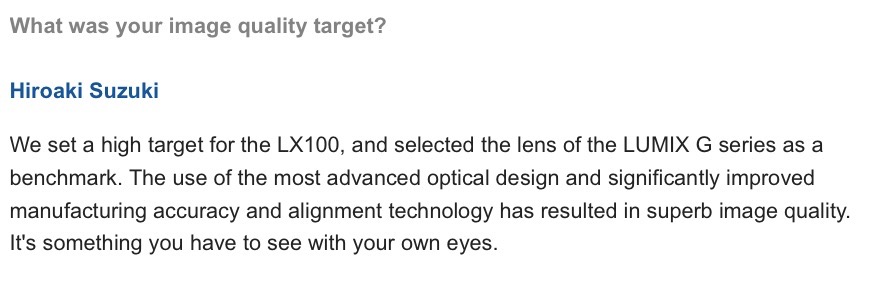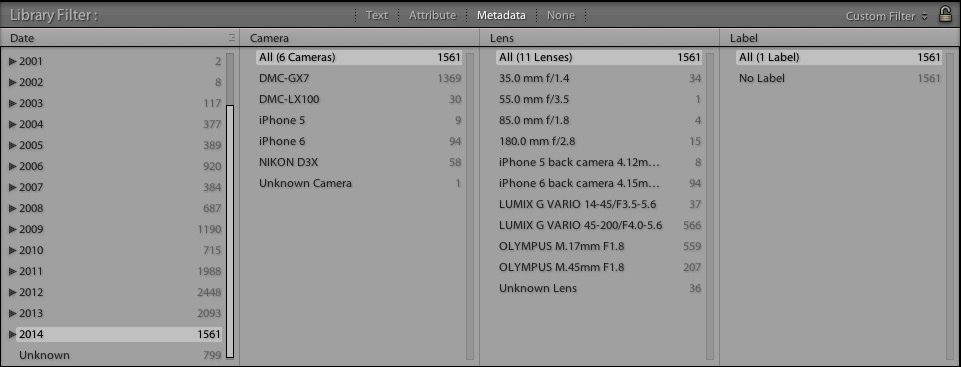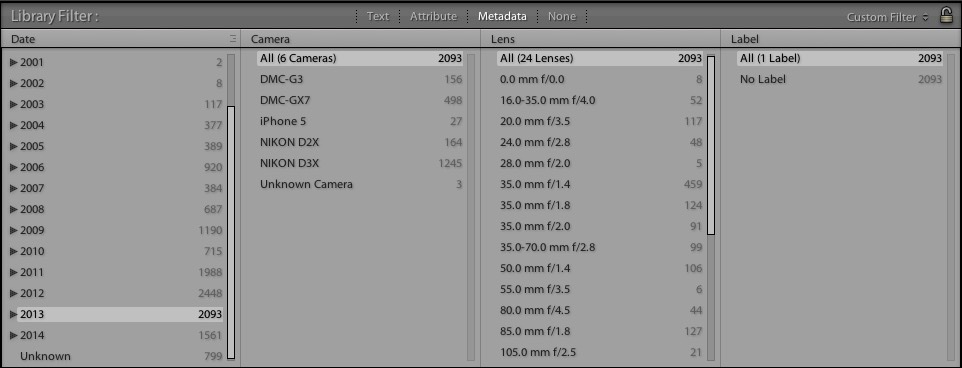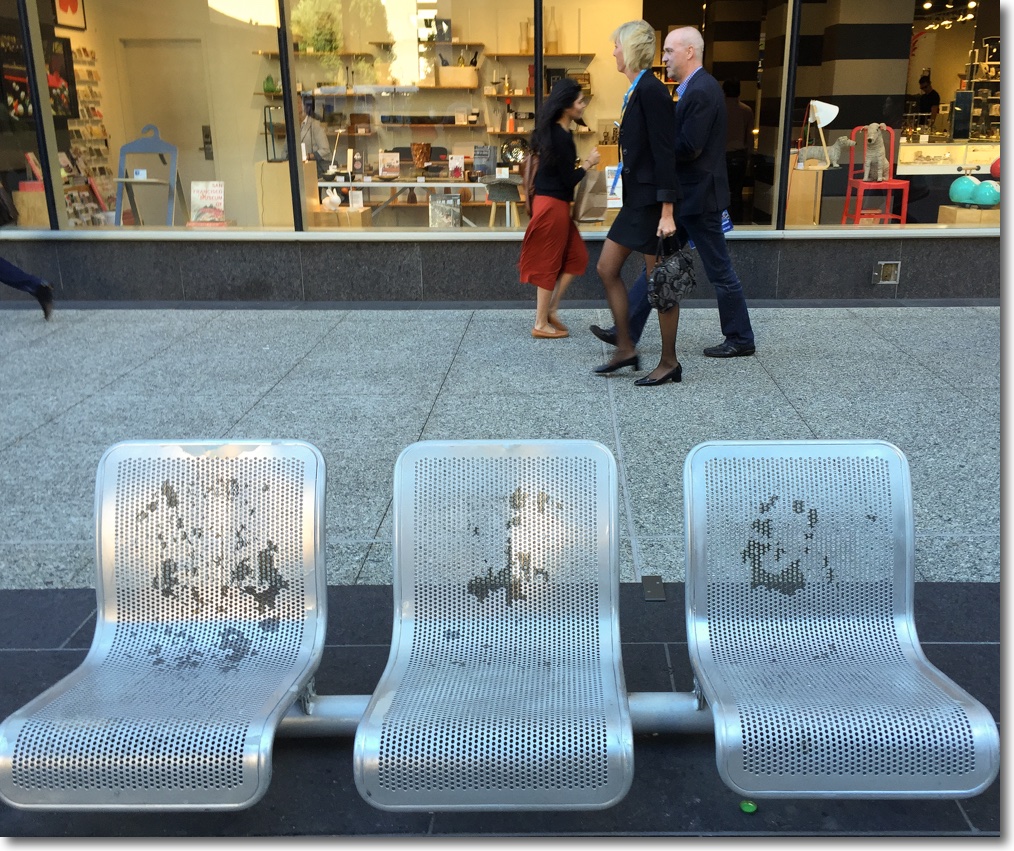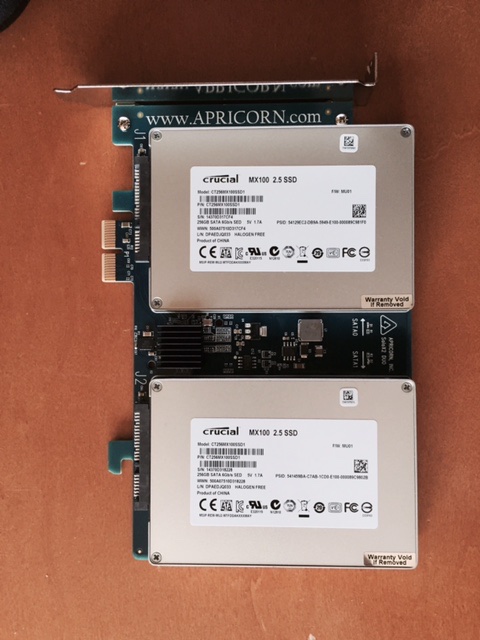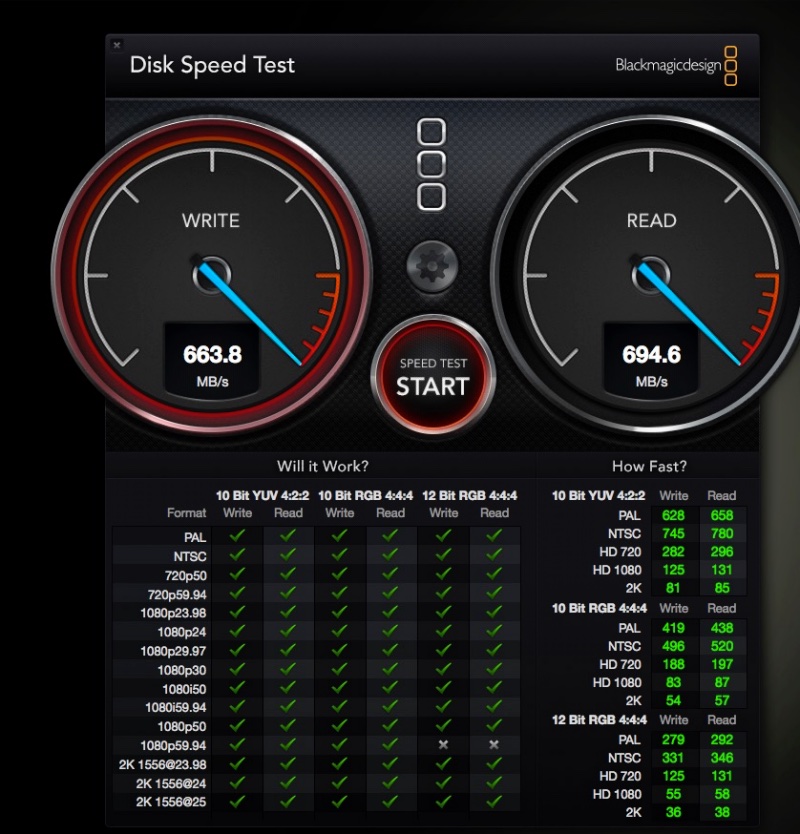Outstanding.
I first made mention of this camera a while back when it was introduced. The appeal was obvious – a fixed lens with a 24-75mm zoom range comes with a very fast aperture range of f/1.7 to f/2.8 at the long end. The zoom range is ideal, with the short end being very wide indeed and the long perfect for head and shoulder portraits which isolate the background. That’s not easy to do with most MFT lenses where smaller apertures tend to leave everything in focus.
Search the lens range for better quality zooms for Panny and Oly MFT bodies and you can have the Panny 12-35mm f/2.8 for $1,000 or the Oly 12-40mm f/2.8 for a like amount. By contrast, the LX100 with a lens which is 1.5 stops faster at the wide end, and the same speed when extended, runs just $900, plus another $30 for the nifty petal lens cap which opens and closes automatically as the camera is turned on or off. All of this comes in a far smaller package than with a detachable lens, with the added benefit of dust sealing. The lens cap mechanism is purely mechanical, the sprung leaves being pushed open by the front of the lens barrel and while somewhat ungainly looking when open, the petals do not compromise handling. The LX100 weighs 13.9 ozs, whereas the two detachable zooms for the GX7 weigh 10.8 ozs and 13.5 ozs, respectively. So the LX100 complete with a faster lens – a Leica design made by Panny – weighs considerably less than a body plus detachable zoom.

Panasonic LX100 beside the GX7 with the 17mm f/1.8 Olympus Zuiko fitted.
The AF/MF lever is just visible to the right of the aspect ratio one.
The LX100 shown above is my son’s, a Christmas gift to recognize his growing prowess as a photographer. Winston had a chance to wring out the camera over the holidays and every exposure on his first ‘roll’ was perfect. We left the camera as shipped, which means everything on Auto, with the sole change that images would be recorded in JPEG + RAW. The 64GB UD SDHC card will accommodate over 2,200 of such image pairs, and the limitation is the small battery, the same as the one used in the GX7. That’s good – an identical charger is used – and bad – the capacity is not great. Spares are a must, especially if making movies.
There are a couple of differences compared with the GX7. There’s no tilting LED screen or eyepiece (I find the latter of little use), and the flash is a clip on accessory, rather than being built in. That’s a shame. As with the GX7, ergonomics are superb, the body handling well in large or small hands despite its small size. Best of all the lens barrel extends (to 24mm) when the camera is turned on in a very fast 1 second, meaning that by the time you have it raised to your eye the body is ready to shoot. The zoom lever is atop and nicely balanced between speed and control. A manual zoom ring would be even nicer – perhaps on the Mark II version?
Where the ergonomics really excel is in the raft of manual controls – aperture, shutter speed, exposure compensation (so welcome, that one), aspect ratio, focus and shutter speed, all clearly visible in the image above. All the controls are ‘Leica quality’, the detents being engineered just so and a pleasure to operate. Mercifully the ugly black barrel on the chrome version (see the linked earlier piece, above) has been replaced by a chrome one in the production camera and Winston opted for chrome when asked whether he preferred the black body. The lens collapses shut after a couple of minutes of non-use. Engineering quality, fit and finish throughout is as good as it gets, the whole camera having a jeweled precision seldom encountered in consumer products. I would say that it is subjectively a step up in quality from the already excellent GX7 body.
Manual focus has to be the best implementation yet. Switch to MF and as you twist the focus ring the image is magnified making correct focus a breeze. This is further helped by focus peaking, the sharp parts of the image outlined in blue shimmering lines. Perfection and very fast into the bargain. I much prefer AF ‘focus and recompose’, which is an available option, but for the manual focus maven this is as good as it gets.
With the growing complexity of modern digital cameras there’s some sense to sticking with one manufacturer’s products as the chances are that menu designs will be similar. Such is the case here and after years with Panny’s G1, G3 and a brace of GX7s I felt immediately at home, making instructing Winston a breeze.
Optical quality is excellent at all apertures and focal lengths. It’s easy to switch to manual aperture where the f/2.8 setting at 75mm easily isolates backgrounds.
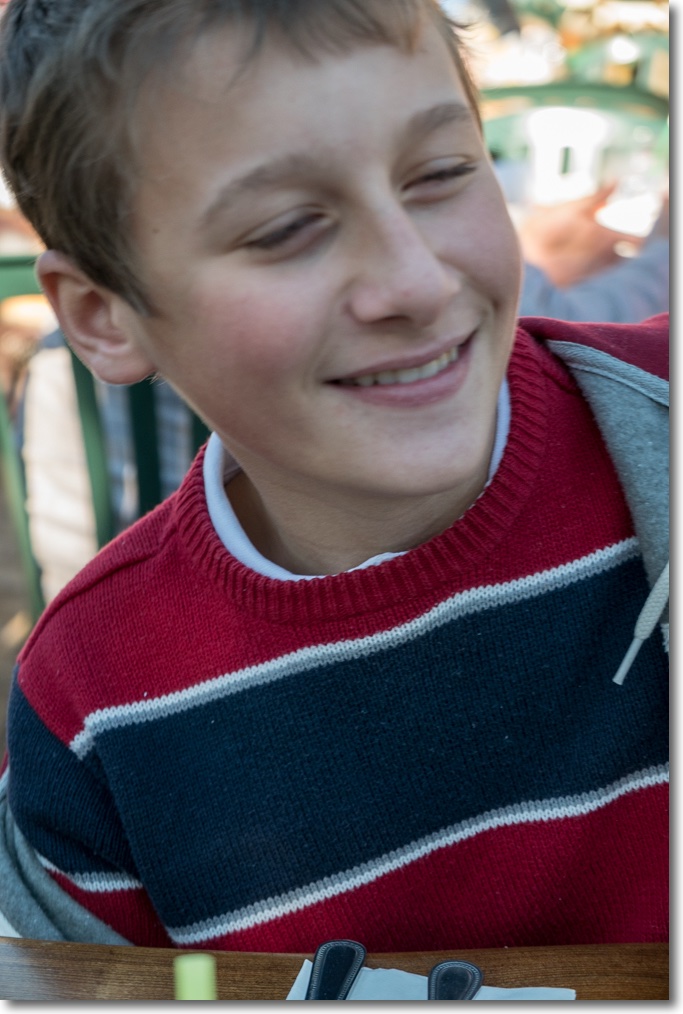
Winnie plays hard to get. At 75mm and f/2.8 – backgrounds blur easily.
Winston is learning to process images in Lightroom, and version 5.7 of that application recognizes and processes the RAW format from the LX100 seamlessly. It’s rally hard to think why any user would not opt for the superior flexibility of RAW file capture.
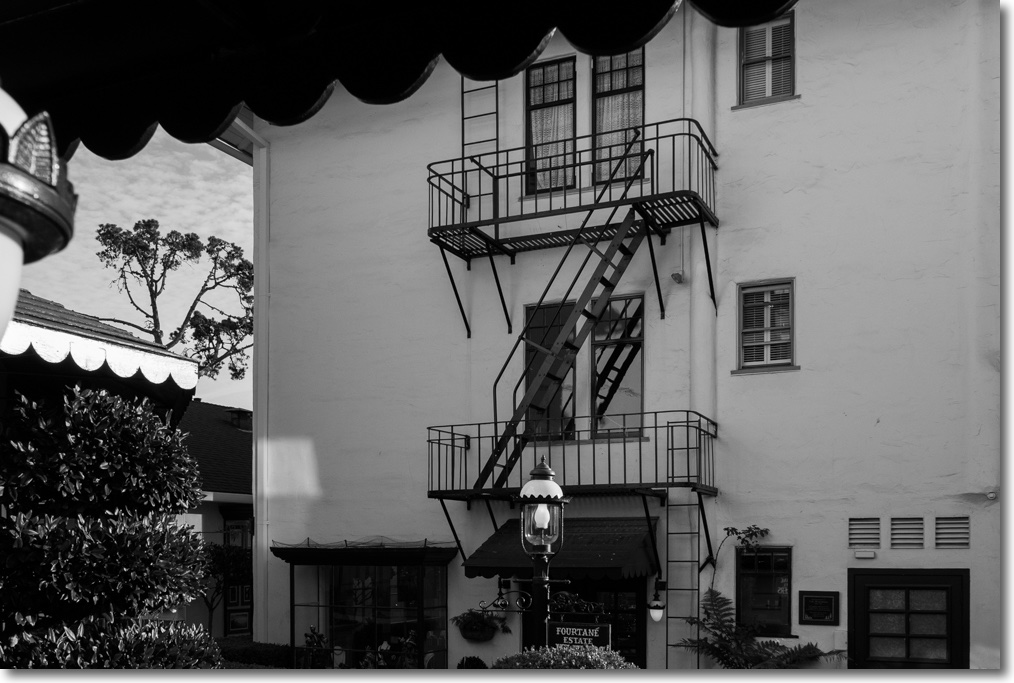
Pine Inn, Carmel. Image taken on the LX100 and processed in LR by my son.
It’s hard to think of a more capable camera for many genres of snappers. Be it street snapper, manual control aficionado, landscape artist, movie maker, you name it, the LX100 comes with a crackerjack, fast zoom, fluid operation, wonderful ergonomics, outstanding engineering and manual controls, all at a bargain price. For silent operation the superb electronic shutter option from the GX7 is carried over and works every bit as well. The funky lens cap obviates the need for protective filters on the outstanding Leica-designed fast zoom.
Unless you need ultra wide or very long optics, the LX100 provides an optimal focal length range with fast apertures throughout. Until the iPhone comes out with an optical zoom – likely very soon – it’s hard to imagine a more capable camera in so small a body. Large prints from MFT, as oft illustrated here, are a breeze.
For a closer look, with lens comparisons to the GX7 with the excellent fixed focus 17mm Zuiko MFT lens, please click here.
